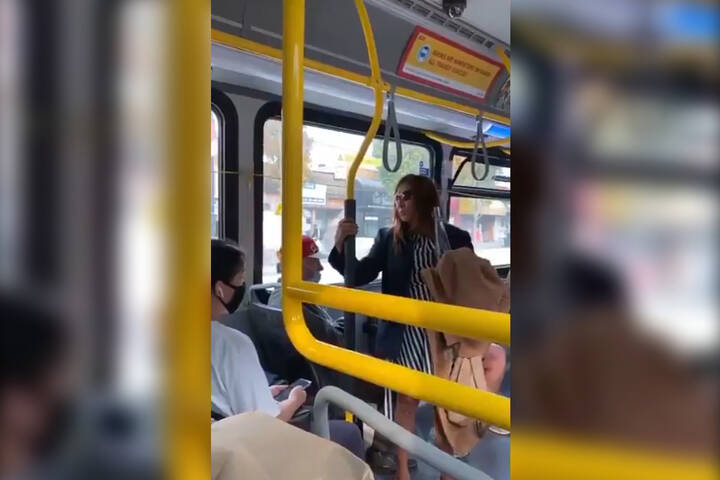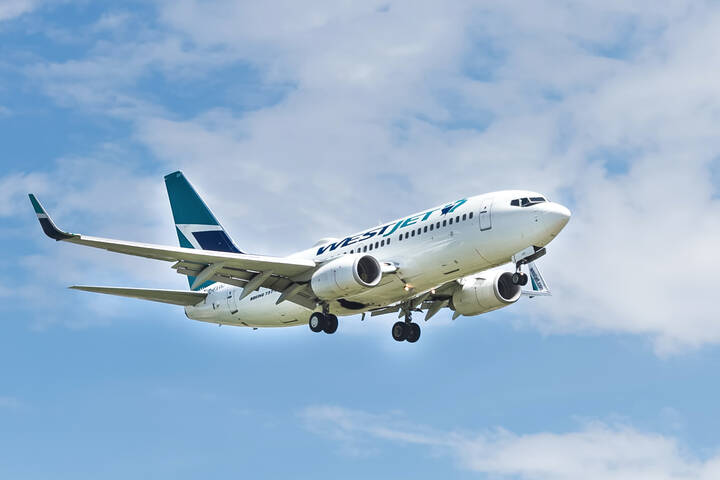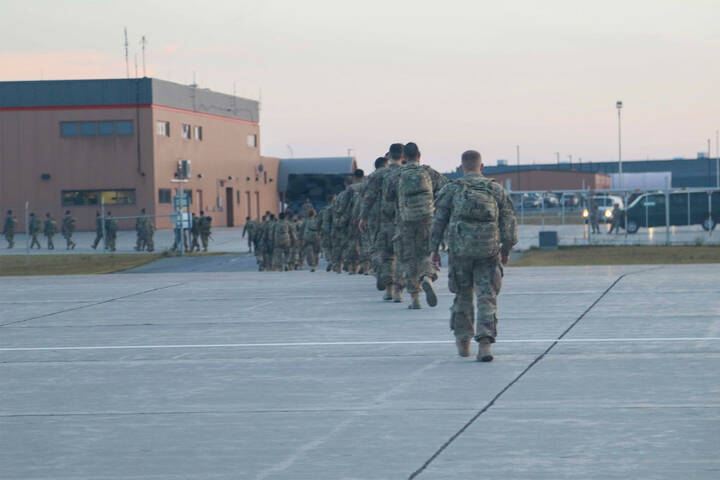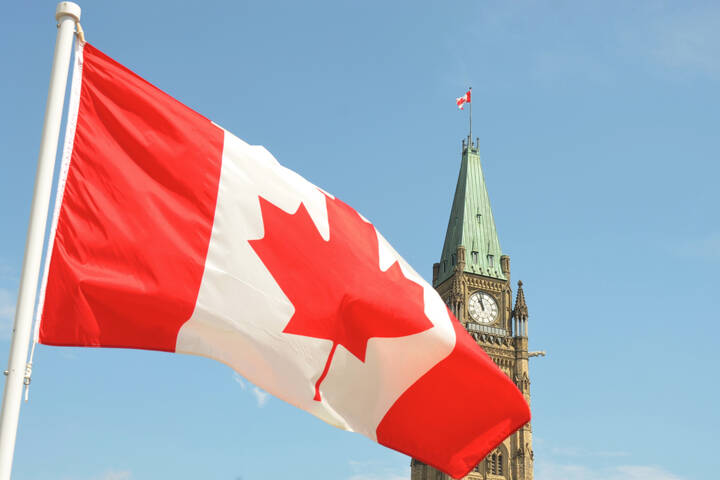
This is why only some provinces in Canada are reopening everywhere at once
As provincial and territorial governments continue to detail their plans for reopening their respective economies and begin to enter into the first phases of these plans, there have been some notable differences in how each premier and their team are handling things.
Some, such as in Ontario and B.C., have presented a blanket framework that will apply to all parts of the province at the same time.
Others, such as in Quebec and Alberta, have an approach that takes the variations in case counts and outbreak severity between each region into account.
They're reopening smaller cities that have not been overwhelmed by COVID. Montreal is still under lockdown. Ontario should do the same in my opinion. Not all cities are the same with this virus scare.
— Martine (@MartineLalamy) May 8, 2020
For example, Montreal has been the epicentre of the virus in Quebec given factors like its high population (and population density) and reliance on things like public transport.
With this in mind, Quebec Premier François Legault has made the opening dates for schools and businesses in and around the city of more than 1.7 million people later than in the rest of the province.
He has also changed these dates multiple times based on how the COVID-19 situation continues to pan out, postponing them once again earlier this week due to the "difficult situation" in the city.
Alberta Premier Jason Kenney is likewise "looking at local circumstances," he said in his daily press briefing on May 7.
He added that health zones may not be the best geographic marker to make these determinations, giving the example of the town of McLennan, which has seen an outbreak of the virus while its greater region as a whole has had relatively few cases.
"We will be looking through a local lens at how quickly we reopen aspects of the economy to ensure that we're doing it very prudently," Kenney said.
Could Alberta reopen in a regional phase?
— Kevin Olenick (@kevole) May 7, 2020
Kenney
We will be looking at a local lense.
Precise times for relaunch will be looked at by emergency committee. Unlikely moving at the same speed. Example: Brooks and High River.#COVIDAB #ableg #COVID19
Meanwhile, B.C. Chief Medical Officer of Health Bonnie Henry said in a press conference on May 6 that COVID-19 "doesn't recognize our geopolitical boundaries," so changes in precautions will take effect at the same times and in the same ways province-wide.
Ontario Premier Doug Ford said on the same day that his government "has to run the province as one unit," adding that setting different reopening dates for different municipalities could mean that residents simply drive out to an area where things are open, which presents its own set of issues.
"If they loosen up restrictions in one area, guess where all the people from Toronto and the GTA are going, if they want to go have dinner?" he said in response to calls from cities like Kingston to stagger when and where the province loosens restrictions.
So far, the Greater Toronto Area has had more than 60 per cent of Ontario's total COVID-19 cases, a proportion that continues to rise.
It's not logical to have the same phase-outs for #Toronto as you would have for #Timmins Ontario.
— Richard Austin ⭐⭐⭐ (@RichardAustin77) May 8, 2020
Urban-centric thinking has to let rural Ontario open up.
Given that specific aspects of the schemes for reopening have been quite different from province and territory to province and territory — and that lockdown restrictions themselves have, too — it makes sense that general approaches would likewise vary within Canada, though many residents may disagree with their premier's methods.
As Alberta Chief Medical Officer of Health Dr. Deena Hinshaw said to news media earlier this week, "there is no one perfect way forward."
Latest Videos
Join the conversation Load comments







